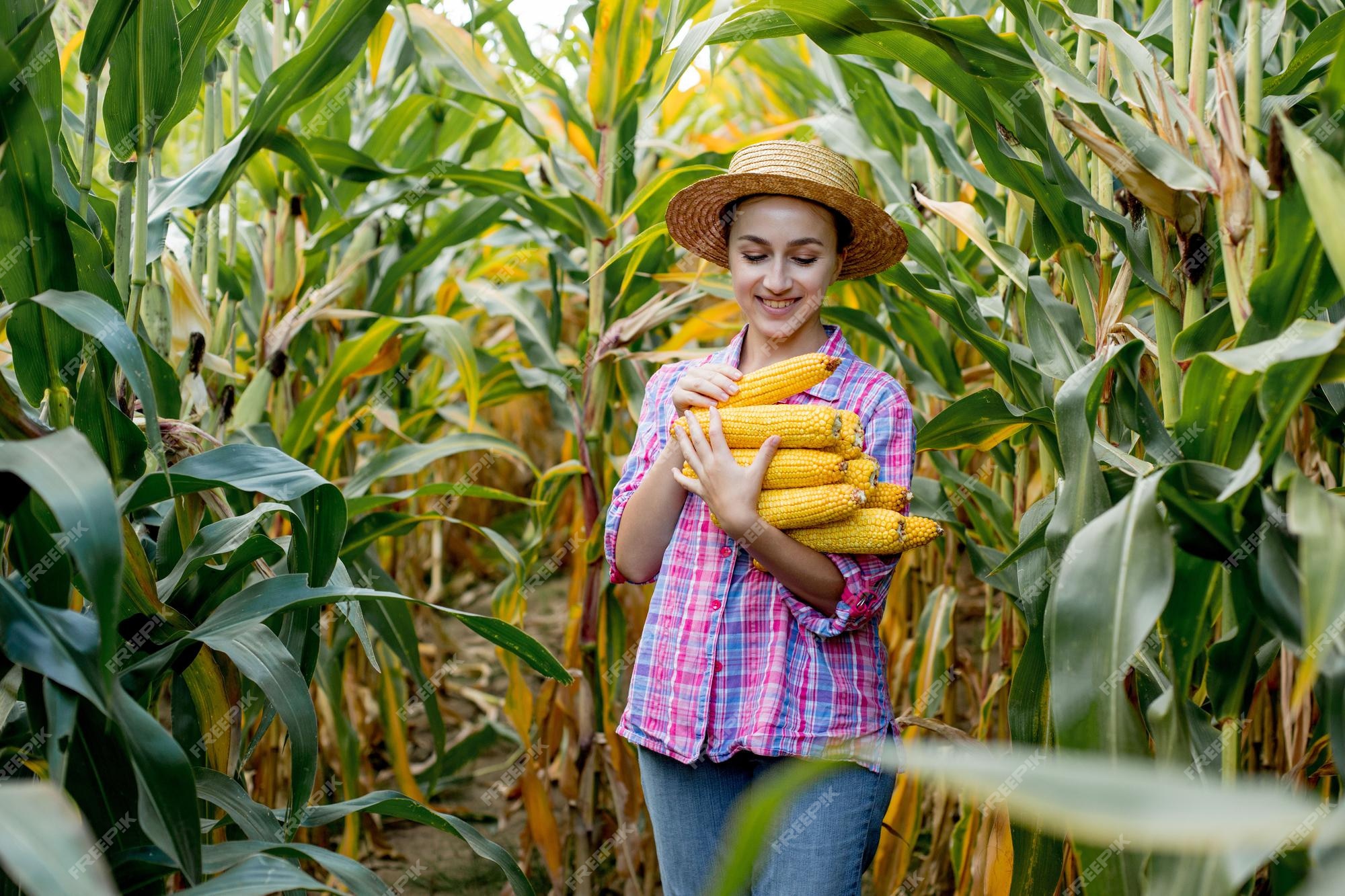Real-time analytics from Laboratory Information Management Systems (LIMS) can revolutionize decision-making in farming by providing valuable insights and data-driven guidance to farmers. LIMS is a powerful tool that enables farmers to collect, store and analyze data from various sources, including soil samples, weather conditions, crop growth patterns and pest and disease management. By integrating real-time analytics into farming operations, farmers can make more informed decisions, optimize resource allocation and enhance overall productivity. One of the key advantages of real-time analytics from LIMS is the ability to monitor and analyze soil conditions. Soil plays a critical role in crop growth and its health and nutrient content significantly impact yields. With LIMS, farmers can collect and analyze data on soil composition, pH levels, moisture content and nutrient availability in real-time. By gaining insights into these factors, farmers can adjust their fertilization and irrigation strategies, ensuring optimal conditions for crop growth. Real-time analytics can also detect early signs of soil degradation, enabling proactive measures to be taken, such as implementing cover crops or adjusting cultivation techniques.

Furthermore, LIMS analytics can integrate weather data to provide farmers with accurate forecasts and predictive insights. Weather conditions greatly influence farming outcomes, affecting crop growth, and disease prevalence and irrigation requirements. By leveraging real-time weather data and combining it with historical trends, LIMS can provide farmers with forecasts on rainfall, temperature and humidity. This information allows farmers to make informed decisions regarding planting schedules, pest and disease management and water management. By aligning farming practices with upcoming weather patterns, farmers can minimize risks and optimize resource allocation. Real-time analytics from LIMS also enable precision agriculture, where data-driven insights help optimize resource allocation and minimize waste. By integrating data from sensors, drones and other IoT devices, LIMS can provide detailed information on crop health, growth rates and pest infestations.
This data can be used to create variable rate application maps, guiding farmers on where and how much fertilizers, pesticides and water to apply and have a peek at these guys https://atlab.com/industries/agriculture-farming-lims/. Precision agriculture reduces input costs, minimizes environmental impact and enhances overall productivity. In conclusion, real-time analytics from LIMS offer tremendous potential to improve decision-making in farming. By providing farmers with timely and accurate insights into soil conditions, weather patterns and crop health, LIMS enables data-driven decision-making, optimizing resource allocation and enhancing productivity. With the integration of real-time analytics, farmers can make informed choices regarding fertilization, irrigation, pest management and cultivation practices, leading to improved yields, reduced costs and sustainable farming practices. The power of LIMS lies in its ability to transform vast amounts of data into actionable information, enabling farmers to navigate the complexities of modern agriculture with confidence.